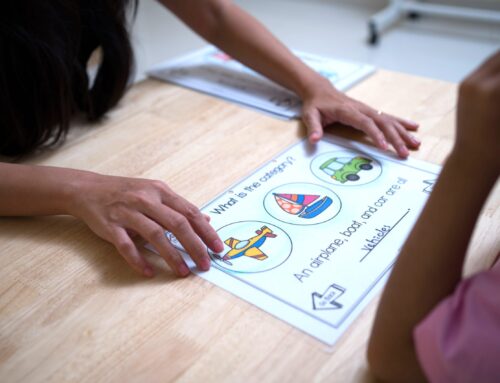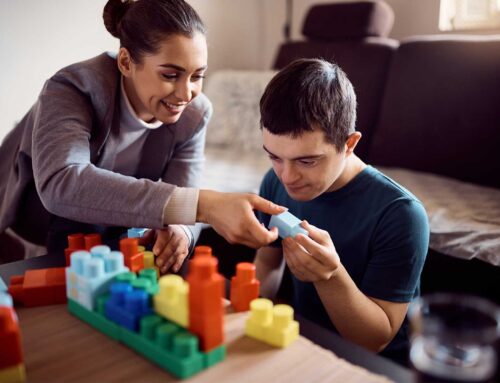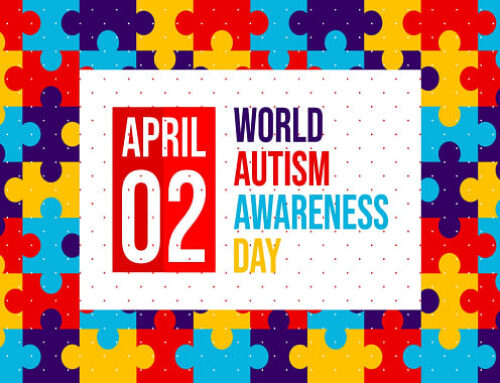Autism spectrum disorder (ASD) is a developmental disorder that can cause significant social, communication and behavioral challenges. While every autistic child is different, some autistic children may be nonverbal, meaning they do not use speech to communicate.
Nonverbal autistic children may use a variety of other ways to communicate, such as body language, gestures, facial expressions, pictures, and assistive communication devices (AAC devices). AAC devices can include speech-generating devices, picture boards, and sign language.
Why are some autistic children nonverbal?
There are a number of reasons why some autistic children may be nonverbal. Some autistic children may have difficulty with the physical coordination needed for speech. Others may have difficulty with the social aspects of communication, such as understanding turn-taking and making eye contact. Still others may simply prefer to communicate in other ways.
How can I help my nonverbal autistic child communicate?
The best way to help your nonverbal autistic child communicate is to provide them with a variety of communication options and to support their communication attempts. This may involve:
- Learning about AAC devices and how to use them. There are many different types of AAC devices available, so it is important to find one that is right for your child. AAC devices can be used to communicate anything from basic needs to complex thoughts and ideas.
- Providing your child with opportunities to communicate. Talk to your child throughout the day and respond to their communication attempts, even if they are not using speech. You can also create opportunities for your child to communicate by asking them questions and giving them choices.
- Working with a speech therapist and other professionals. A speech therapist can help you learn about AAC devices and how to support your child’s communication development. Other professionals, such as special educators and occupational therapists, can also help you develop a communication plan for your child.
Remember, nonverbal autistic children are just as intelligent and capable as their speaking peers. They simply communicate in different ways. By providing your child with the support they need, you can help them reach their full potential.
Here are some additional tips for communicating with nonverbal autistic children:
- Be patient and give them time to respond. Nonverbal autistic children may need more time to process information and formulate their responses.
- Use simple language and avoid using idioms or figurative language. This can be difficult for autistic children to understand.
- Be specific and avoid giving open-ended questions. Instead of asking “What do you want to eat?”, ask “Would you like a sandwich or a salad?”
- Use visual supports, such as pictures or objects, to help your child understand what you are saying.
- Follow your child’s lead and pay attention to their interests. This will help you to develop communication activities that are engaging and motivating for your child.
If you are concerned about your child’s communication development, please talk to your pediatrician. They can refer you to a speech therapist or other professionals who can help you.
If you are serious about learning, then one-on-one classes at OrbRom Center are the best way to go. Our experienced teachers will help you achieve your academic goals. Contact us TODAY.
Welcome to OrbRom Centre
Choosing learning support for your child is one of the most important decisions you will make, and I welcome you to discover more about why OrbRom is the best option in Phnom Penh.

H. Sophaneth B.Ed, M.Ed





We need to invest in research on autism in Cambodia. This will help us to better understand the condition and develop more effective treatments and support strategies.
There are a number of organizations in Cambodia that are working to support people with autism and their families. These organizations provide a range of services, including early intervention, education, and vocational training.
Ensure that people with autism have access to the services and support they need to live full and productive lives, including education, employment, and healthcare.